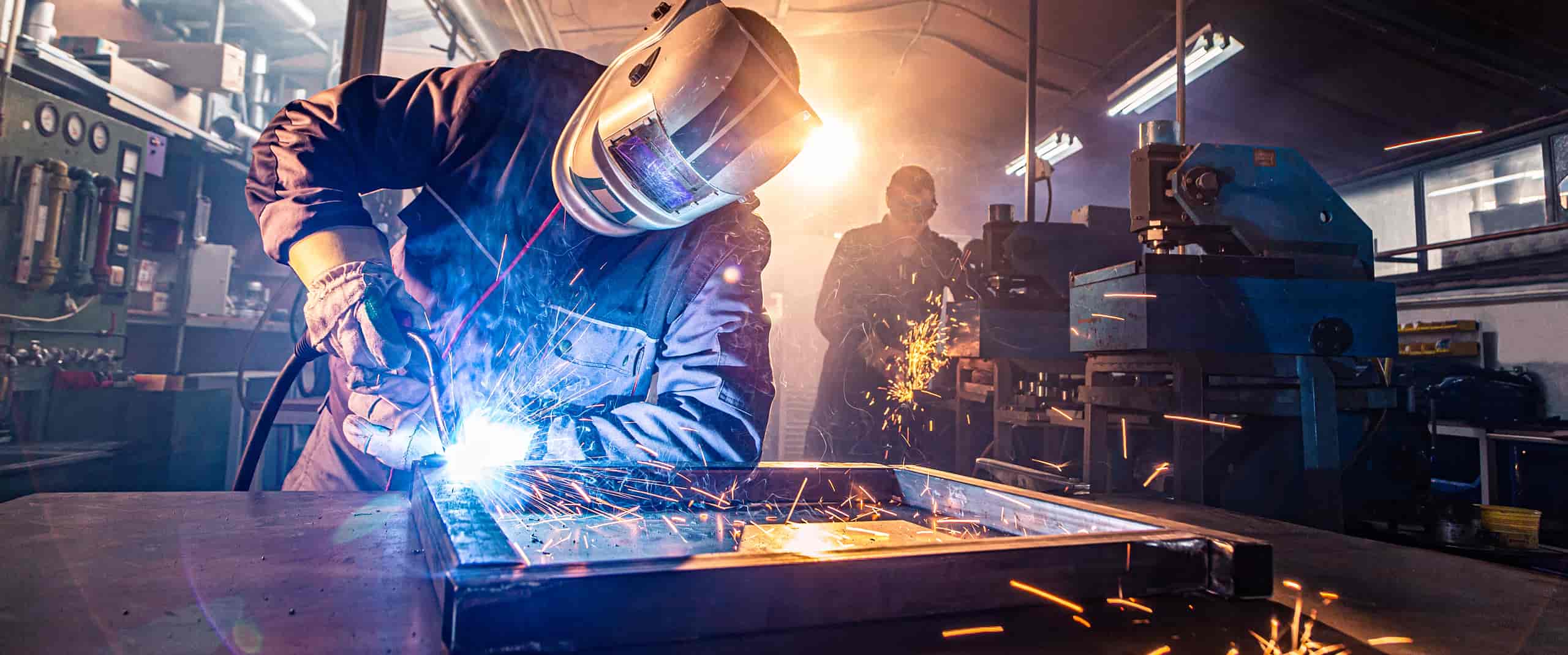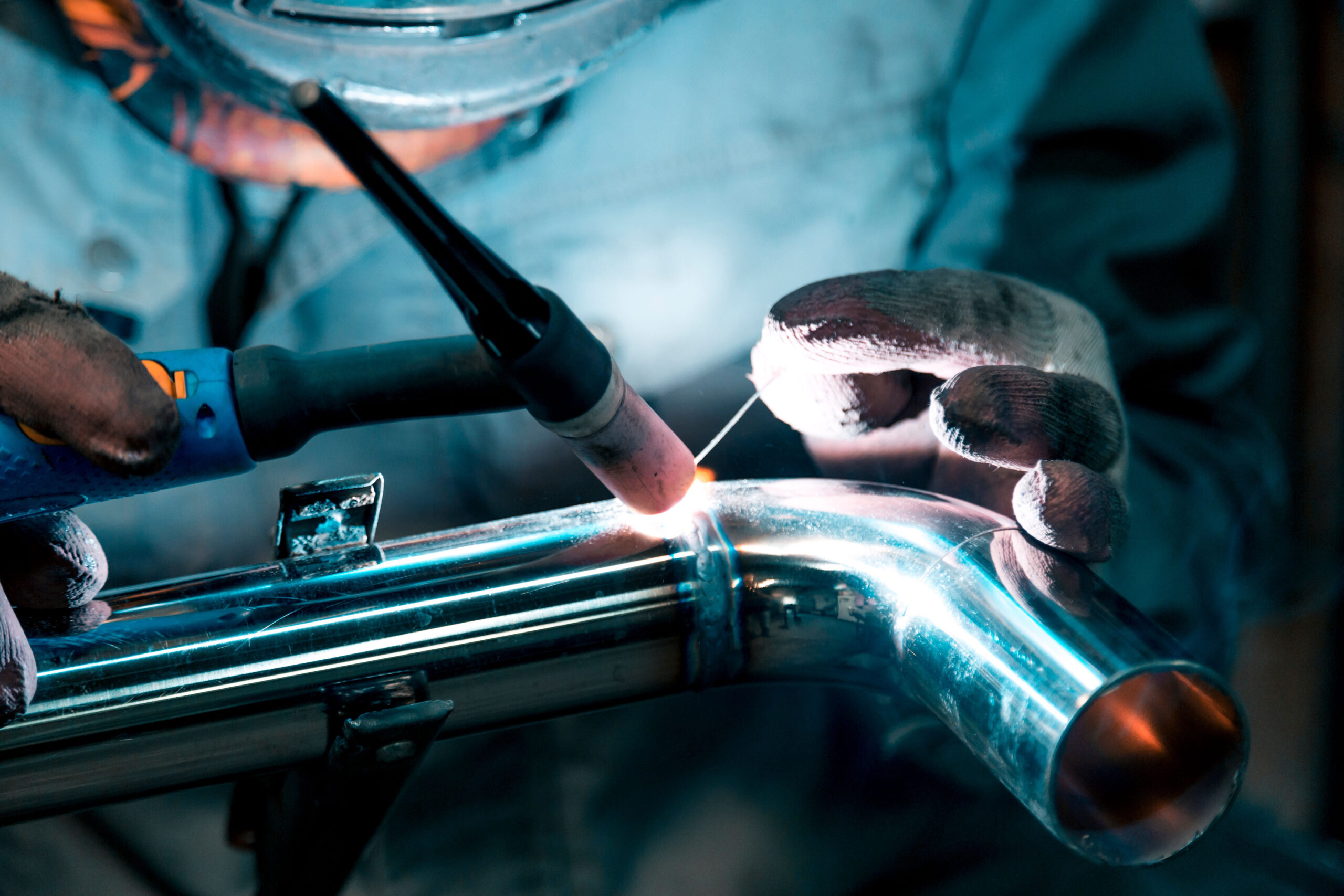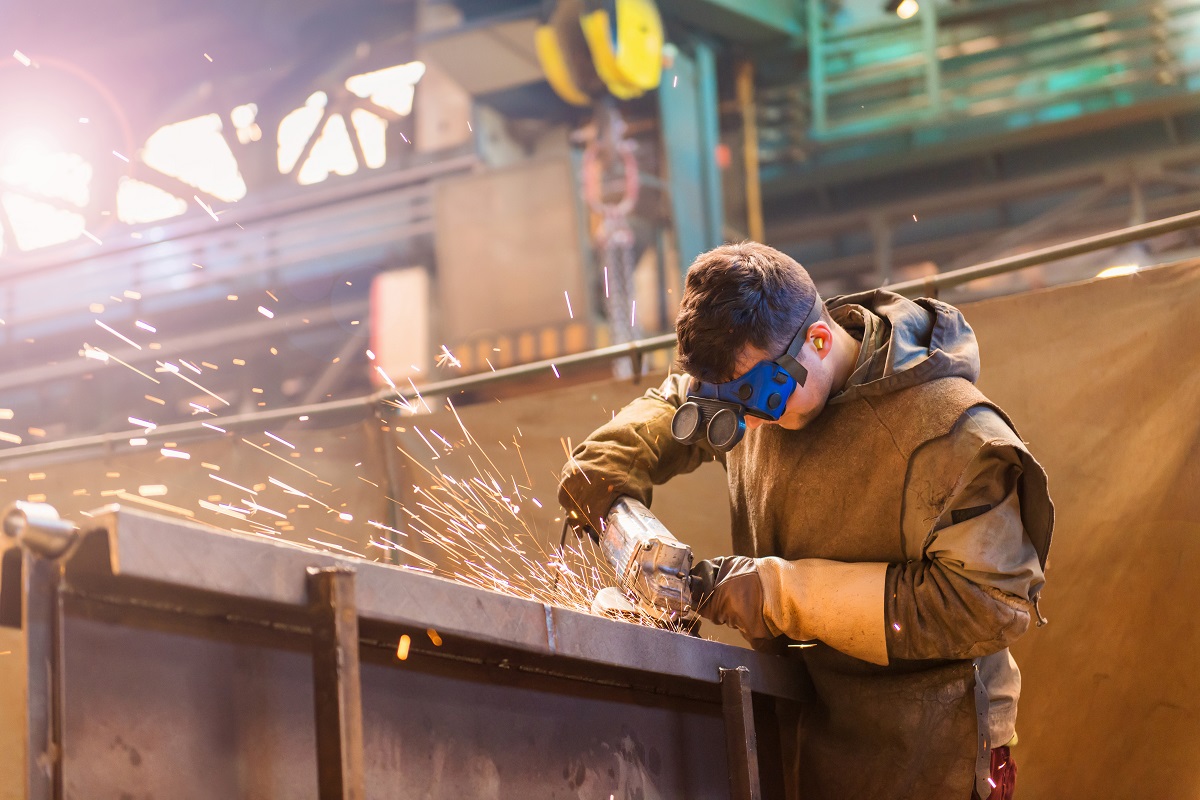The Ultimate Overview to Welding WPS Procedures: A Comprehensive Introduction for Welders
In the intricate world of welding, Welding Procedure Requirements (WPS) act as the backbone of guaranteeing quality, uniformity, and security in welding procedures. Comprehending the subtleties of producing, carrying out, and keeping an eye on WPS procedures is essential for welders wanting to boost their craft and meet market criteria. As we explore the different elements of a WPS and discover the intricacies of certification and certification, we will certainly discover the crucial duty these procedures play in the world of welding. Allow's start a trip to untangle the intricacies and value of WPS treatments in welding practices.
Value of WPS Procedures
Recognizing the relevance of Welding Procedure Specs (WPS) treatments is vital for making certain the top quality and honesty of welded frameworks. WPS procedures act as a roadmap for welders, outlining the essential steps, criteria, and products needed to achieve an audio weld. By adhering to WPS guidelines, welders can ensure consistency in their job, bring about structurally sound and dependable welds.
Among the primary reasons WPS procedures are vital is their duty in preserving weld quality and honesty. Following the specified welding parameters and methods described in the WPS helps prevent problems such as porosity, breaking, or incomplete combination, which can endanger the toughness and longevity of the weld. Furthermore, WPS procedures are essential for making certain compliance with industry criteria and codes. By complying with well-known WPS guidelines, welders can demonstrate that their job meets the essential demands for safety and high quality, providing guarantee to clients, examiners, and regulatory bodies. Basically, the relevance of WPS procedures can not be overemphasized, as they are basic to accomplishing consistent, premium welds that meet industry requirements and requirements.

Parts of a WPS
A Welding Treatment Requirements (WPS) usually consists of important elements that detail the particular needs for executing a weld, making sure uniformity and high quality in the welding procedure. The essential parts of a WPS consist of vital variables such as base metals, filler metals, interpass and preheat temperature levels, welding processes, shielding gases, welding settings, and post-weld warmth therapy demands.
Base metals refer to the materials being joined, while filler steels are made use of to fill up the space in between the base metals throughout welding. Preheat and interpass temperature levels are important for controlling the heat input and stopping issues like fracturing or distortion. The welding procedure lays out the certain strategy to be used, whether it's gas steel arc welding (GMAW), protected metal arc welding (SMAW), or an additional approach. Shielding gases secure the weld pool from climatic contamination. Welding placements specify the alignments in which welding can be done. Post-weld warmth therapy may be needed to relieve stress and anxieties and enhance the weld's residential or commercial properties. A complete understanding of these parts is important for creating a effective and extensive WPS.

Credentials and Accreditation
Having developed the crucial elements of a Welding Procedure Requirements (WPS), the focus now shifts in the direction of the essential facets of qualification and certification in welding practices.

Qualification, on the other hand, is the formal recognition of a welder's qualifications by a relevant accreditation body or organization. Welding qualifications are usually based on the certain welding his response procedures, materials, and settings a welder is certified to collaborate with. Holding a legitimate welding qualification shows that a welder fulfills industry criteria and is proficient to do welding jobs to the called for requirements.
Creating a WPS
To create a Welding Treatment Specification (WPS) that meets sector requirements, cautious consideration of welding processes, materials, and operational criteria is important. The very first step in producing a WPS is to identify the welding procedure to be made use of, such as gas steel arc welding (GMAW) or protected steel arc welding (SMAW)

Carrying Out and Keeping Track Of WPS
Upon wrapping up the detailed Welding Treatment Requirements (WPS) that diligently official site information welding procedures, products, operational parameters, and top quality assurance steps, the emphasis changes to properly carrying out and monitoring the well-known procedures. Implementation entails guaranteeing that all welders entailed in the job recognize with the WPS and follow it meticulously throughout the welding procedure. This needs supplying adequate training and supervision to ensure adherence to the specified treatments. Checking the WPS involves continuous oversight to confirm that welding tasks line up with the recorded requirements. Assessments, screening, and quality assurance steps are crucial components of the tracking procedure to recognize any kind of issues or variances quickly. Routine audits and evaluations of the welding treatments help in preserving uniformity and quality throughout the project. Efficient application and surveillance of the WPS are crucial for making sure the integrity, strength, and safety of the welded joints, inevitably adding to the total success of the welding task.
Final Thought
To conclude, understanding and adhering to Welding Treatment Specifications (WPS) is vital for welders to ensure high quality, consistency, and security in their work. By recognizing the elements of a WPS, obtaining appropriate credentials and qualifications, developing in-depth treatments, and applying and checking them effectively, welders can enhance their skills and efficiency in welding practices. Sticking to WPS treatments is essential for generating premium welds and conference industry criteria.
In the detailed world of welding, Welding Treatment Specifications (WPS) serve as the backbone of ensuring quality, consistency, and safety in welding procedures. The welding process describes the certain method to be utilized, whether it's gas steel arc welding (GMAW), secured steel arc welding (SMAW), or another method.To establish a Welding Treatment Requirements (WPS) that fulfills industry standards, mindful consideration of welding procedures, products, and operational specifications is essential. The very first action in producing a WPS is to identify the welding procedure to be utilized, such as gas metal arc welding (GMAW) or protected metal arc welding (SMAW)Upon completing the extensive Welding Procedure Spec (WPS) that meticulously information welding procedures, materials, operational criteria, and high quality assurance procedures, the focus changes to effectively implementing and monitoring the recognized procedures.